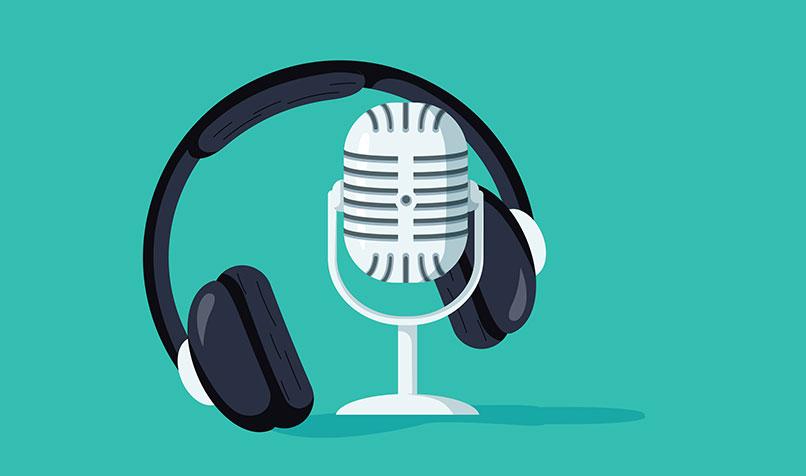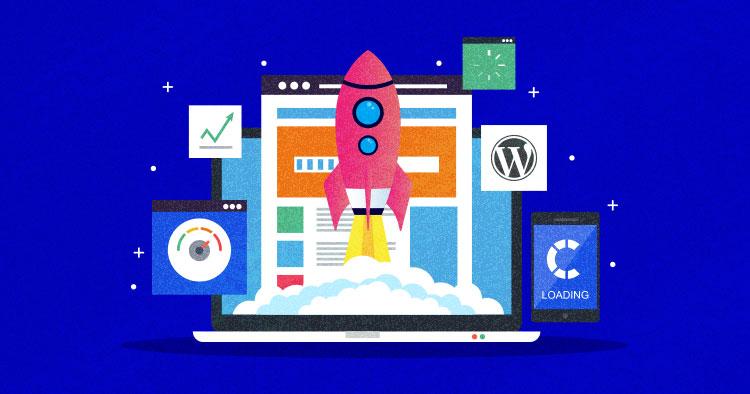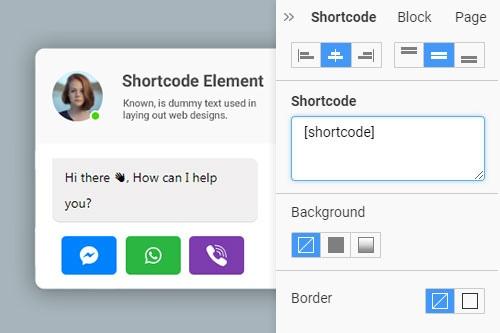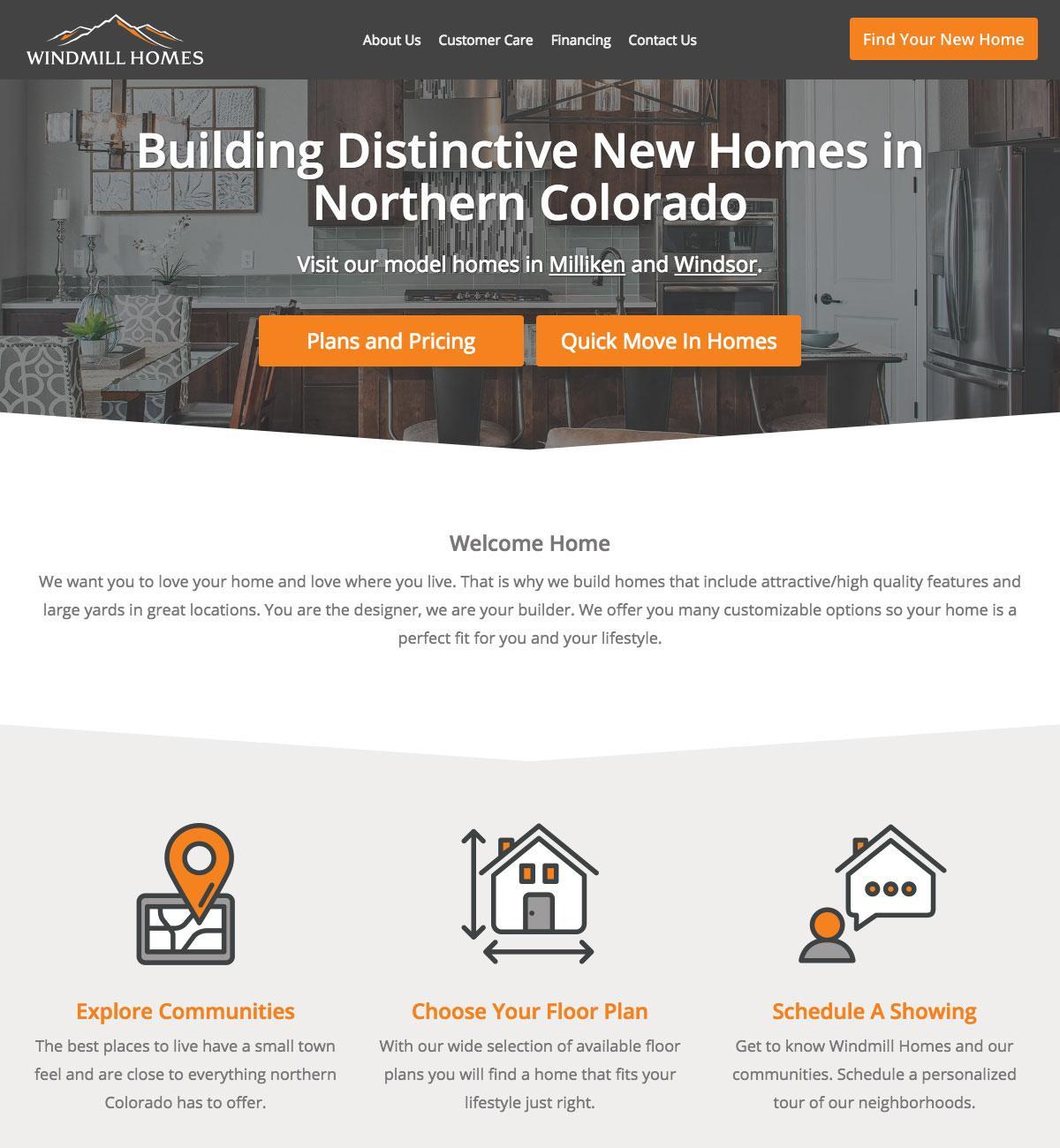What is a Podcast & How Does it Work? (Ultimate Guide)
Have you ever found yourself on a long commute or during a leisurely stroll, looking for something engaging to fill the silence? Enter the world of podcasts! These audio gems have taken the digital landscape by storm, transforming the way we consume stories, news, and expert insights. But what exactly is a podcast, and how does it work? Whether you’re a curious newcomer or someone who’s heard whispers about this popular medium but hasn’t yet dived in, you’re in the right place. In this ultimate guide, we’ll unravel the mysteries of podcasts, explore their origins, and break down how they function to bring interesting content right to your ears. So, grab your headphones and get ready to discover why podcasts might just become your new favorite pastime!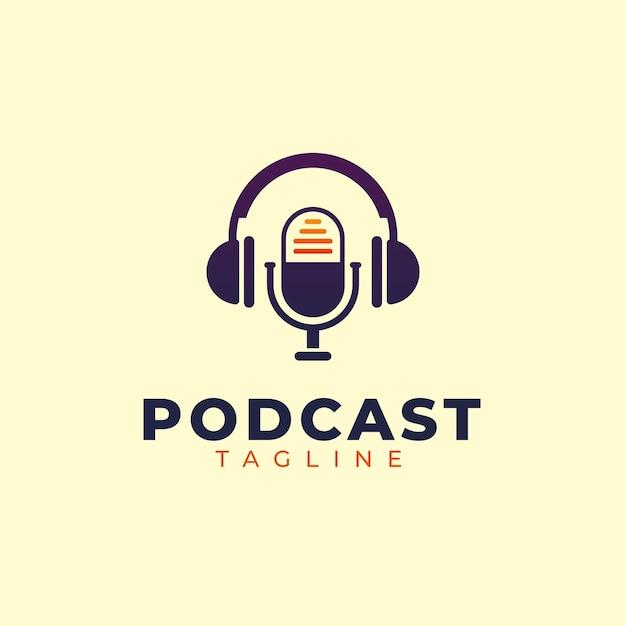
What Exactly is a Podcast and Why Should You Care
Podcasts have rapidly become a ubiquitous part of modern media consumption, but what exactly are they? At their core, podcasts are digital audio files available for streaming or download, usually released in episodes. They cover a vast array of topics, from education and storytelling to interviews and news. Unlike traditional radio, which operates on a schedule, podcasts allow listeners the freedom to tune in whenever and wherever they choose, creating a more personalized listening experience.
Why should you care about this relatively new form of media? Here are a few compelling reasons:
- Convenience: Podcasts fit seamlessly into your lifestyle. Whether you’re commuting, exercising, or doing household chores, you can easily listen to them on the go.
- Diversity of Content: There’s a podcast for nearly every interest imaginable. From true crime to personal development, you can find content that resonates with your passions.
- Accessibility: Most podcasts are free to listen to, making them an affordable way to access high-quality content from experts and enthusiasts alike.
- Connection: Many podcasts foster a sense of community, allowing listeners to connect with hosts and other fans thru social media platforms, creating a shared experience.
Getting started with podcasts is incredibly easy. All you need is a smartphone or computer and a reliable internet connection. Here’s a quick breakdown of how they work:
| Step | Description |
|---|---|
| 1. Choose a podcast App | Download apps like Apple Podcasts, Spotify, or Stitcher to access a plethora of shows. |
| 2. Browse or Search | Explore categories or search for specific topics or shows that interest you. |
| 3. Subscribe | Hit subscribe to recieve notifications for new episodes,ensuring you never miss out. |
| 4. Listen and Enjoy | Press play and immerse yourself in the world of your chosen podcast! |
In short, podcasts offer a unique blend of convenience, diversity, and connection. They empower listeners to engage with content that inspires,educates,and entertains. So, whether you’re looking to learn something new or just want to escape into a different world, podcasts might just be your perfect companion.
The Anatomy of a Podcast: Key Components Explained
To truly understand the world of podcasts, it’s essential to break down their core components. Each element plays a pivotal role in creating an engaging listening experience that resonates with audiences around the globe. Here are the key components that make up a successful podcast:
- Content & Theme: The heart of any podcast lies in its content.A well-defined theme not only helps to attract a targeted audience but also maintains listener interest over time.Whether it’s storytelling, interviews, or educational segments, the theme should resonate with listeners and provide value.
- Format: The podcast format significantly influences how the details is delivered. Common formats include:
- Solo Commentary
- Co-hosted Discussions
- Interviews
- Roundtable Discussions
- Documentary Style
- Production Quality: High-quality audio is crucial. This includes clear voice recording, appropriate volume levels, and minimal background noise. Investing in good microphones and editing software can dramatically enhance the listening experience.
- Episode Structure: A clear structure guides the flow of each episode, making it easier for listeners to follow along. Common elements of structure include an engaging intro, the main content, and a concluding segment. This not only keeps the episode organized but also encourages listener retention.
- Branding: Effective branding helps to create a memorable identity for your podcast. This includes:
- A catchy podcast name
- Eye-catching artwork
- Consistent episode titling
- Promotion: A podcast’s success hinges on effective promotion. Utilizing social media, email newsletters, and collaborations with other podcasters can amplify reach and attract new listeners.
| Component | Importance |
|---|---|
| Content & Theme | Forms the foundation of your podcast’s identity. |
| Format | Affects engagement and listener retention. |
| Production Quality | Ensures a pleasant listening experience. |
| Episode Structure | Maintains flow and coherence. |
| Branding | creates a recognizable identity. |
| Promotion | Drives audience growth. |
Each of these components contributes to the overall success and impact of a podcast. By understanding and implementing these key elements, aspiring podcasters can create compelling content that resonates with listeners, builds a loyal audience, and ultimately thrives in the podcasting ecosystem.
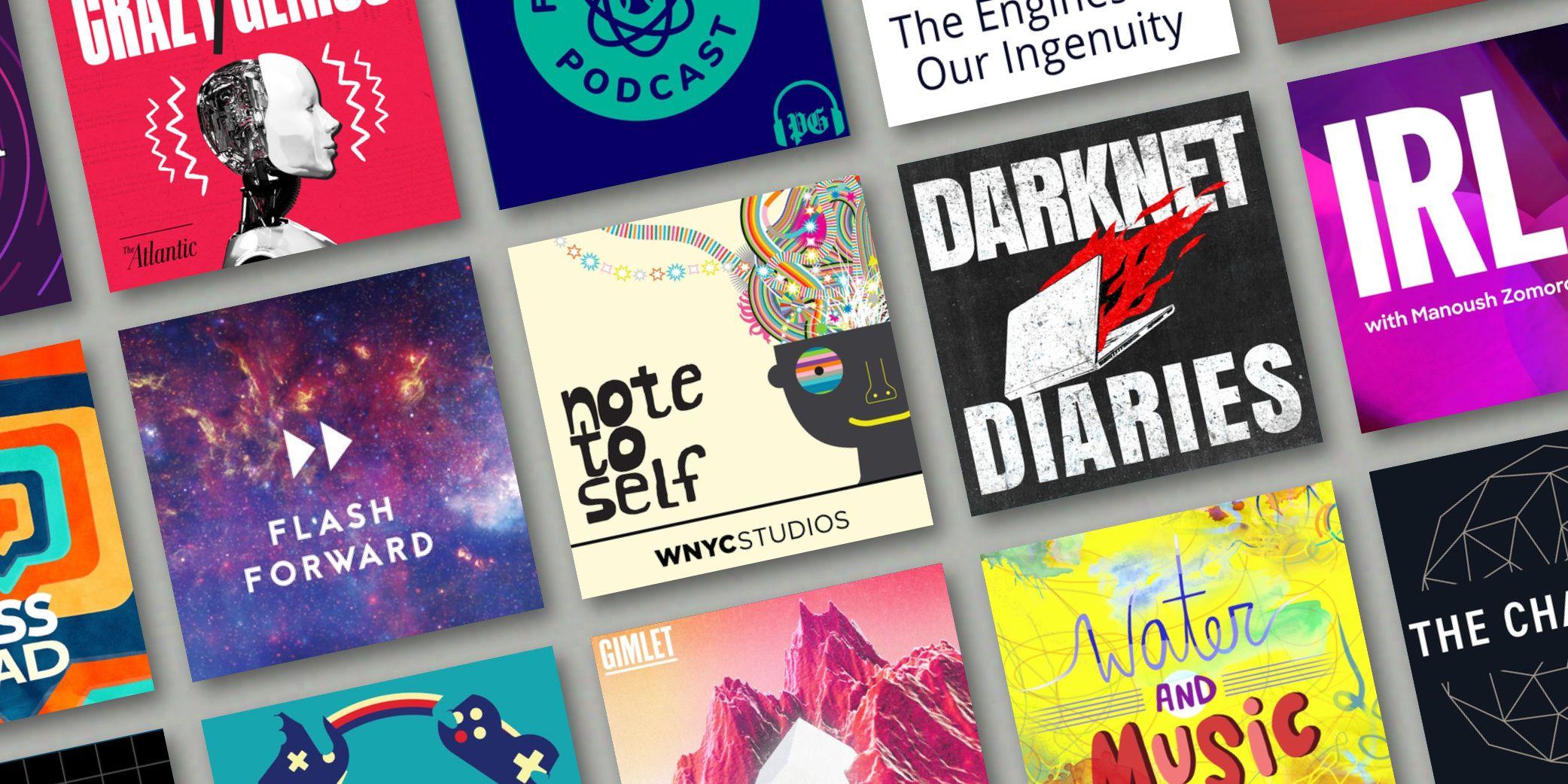
How Do Podcasts Work: the Technology Behind the Magic
podcasts may seem like a simple form of media, but there’s a lot of refined technology working behind the scenes to bring those entertaining or informative episodes to your ears. At the heart of podcasting is a process that involves recording, editing, and distributing audio content to listeners around the globe.
First off, let’s talk about the recording process. Podcasters typically use a combination of hardware and software to capture high-quality audio. Here’s a quick rundown of the essential equipment:
- Microphones: A good microphone is crucial for clear sound quality.
- Audio Interfaces: These connect microphones to computers, converting analog signals to digital.
- Headphones: Essential for monitoring audio quality during recording.
- Recording Software: Programs like Audacity or GarageBand help in capturing and editing audio files.
Once the audio is recorded, the magic of editing begins. This is where podcasters can cut out mistakes, add sound effects, or include music to enhance the listening experience. After the editing is complete, the final product is saved as an audio file, typically in MP3 format, which balances quality and file size effectively.
Next, the episode is uploaded to a podcast hosting platform. This is a critical step because the host serves as a server that stores the audio files and provides a feed for listeners. The most popular hosting platforms include:
- Libsyn
- Anchor
- Podbean
To distribute a podcast, podcasters create an RSS feed, which is like a channel for their listeners.This feed includes metadata about the podcast, such as title, description, and episode details. When users subscribe to a podcast via their favorite podcast app, they’re actually subscribing to this feed, allowing them to receive new episodes automatically.
the technology behind podcasts might be complex, but it’s designed to make content creation seamless for podcasters and convenient for listeners. By understanding these key components, you can appreciate the artistry and effort that goes into every episode.
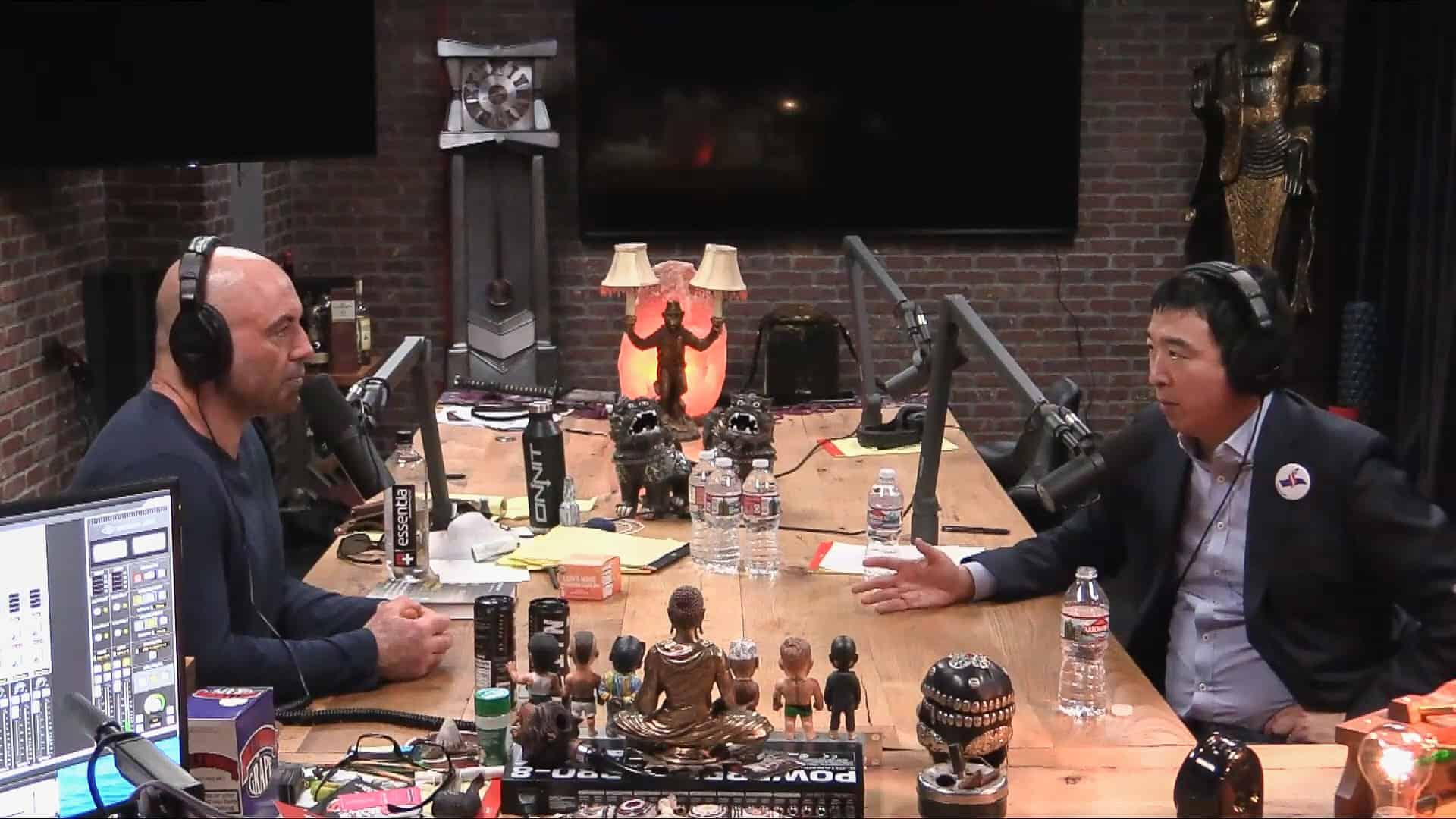
Choosing Your Podcast Format: Which One is Right for You
Choosing the right podcast format is crucial to your success and will shape the way your audience engages with your content. There are several formats to consider, each with its own advantages and unique flair. Here’s a breakdown to help you figure out which one resonates with your vision:
- Interview Format: This classic format involves you interviewing guests who are experts in their fields. It’s great for tapping into new audiences and providing diverse perspectives. Plus, your guests can help promote the episode to their followers!
- Solo Commentary: If you have a wealth of knowlege on a specific topic, a solo podcast may be your best bet. This format allows you to establish yourself as an authority and connect with your audience on a personal level.
- Panel Discussion: Bring together multiple voices in a casual roundtable discussion. This format is dynamic and engaging, perfect for topics that benefit from varied opinions.
- Narrative Storytelling: If you have a knack for storytelling, consider creating a narrative-driven podcast. This could involve scripting your episodes or using a documentary style to engage your audience in a captivating tale.
- Educational Series: Focus on teaching your audience something new with a structured educational format. This could involve a series of lessons or modules, giving your listeners a reason to return week after week.
When deciding on a format, consider your strengths, interests, and the needs of your target audience. Are you comfortable speaking solo, or do you thrive in conversations? Do you have access to interesting guests, or would you prefer to focus on a specific subject? Aligning your format with your personal style will not only make the process more enjoyable but also resonate better with your listeners.
It’s also worth noting that you don’t have to stick to one format! Many successful podcasters blend formats to keep their content fresh and engaging. You could invite guests for special episodes while maintaining a solo format for regular content, or incorporate storytelling elements into interviews. The possibilities are endless, so get creative!
| Format | Best For | Pros | Cons |
|---|---|---|---|
| Interview | Networking & Collaboration | Variety of perspectives, audience growth | Scheduling challenges |
| Solo Commentary | Authority Building | Full control, personal connection | Possible lack of engagement |
| Panel Discussion | Diverse Opinions | Engaging content, collaboration | Can be chaotic if not managed |
| Narrative Storytelling | Engagement & Creativity | Immersive experience, high listener retention | Time-consuming to produce |
| Educational Series | Teaching & Learning | Structured content, repeat listeners | Can be less entertaining |

Finding Your Niche: Tips for Selecting Engaging Topics
When it comes to podcasting, choosing the right topic is crucial for capturing your audience’s attention and keeping them engaged. Here are some tips to help you select a niche that resonates:
- Identify Your Passion: start by reflecting on subjects that excite you. Your enthusiasm will shine through the microphone and attract like-minded listeners.
- Research Trends: Look at popular podcasts in your area of interest. What topics are trending? Platforms like Spotify and Apple Podcasts can provide insights into what listeners are currently enjoying.
- Understand Your Audience: Create listener personas to clarify who your target audience is. Consider their demographics, interests, and pain points. This will guide you toward topics that speak directly to them.
- Experiment and Iterate: Don’t be afraid to try different topics in your initial episodes. Use feedback and analytics to understand what resonates best with your audience and refine your niche as you go.
Additionally, think about the following aspects when narrowing down your podcast’s focus:
| Aspect | Considerations |
|---|---|
| Uniqueness | What makes your outlook different from others in your niche? |
| Longevity | Is this a topic you can discuss over several episodes without running out of content? |
| Potential for Engagement | Can you involve your audience through Q&A sessions or feedback? |
| Expertise | Do you have a background in this area, or are you willing to research extensively? |
By thoughtfully considering these elements, you can carve out a niche that not only excites you but also captivates your audience. Remember, the right topic can transform a simple podcast into a compelling narrative that listeners will eagerly tune into week after week!
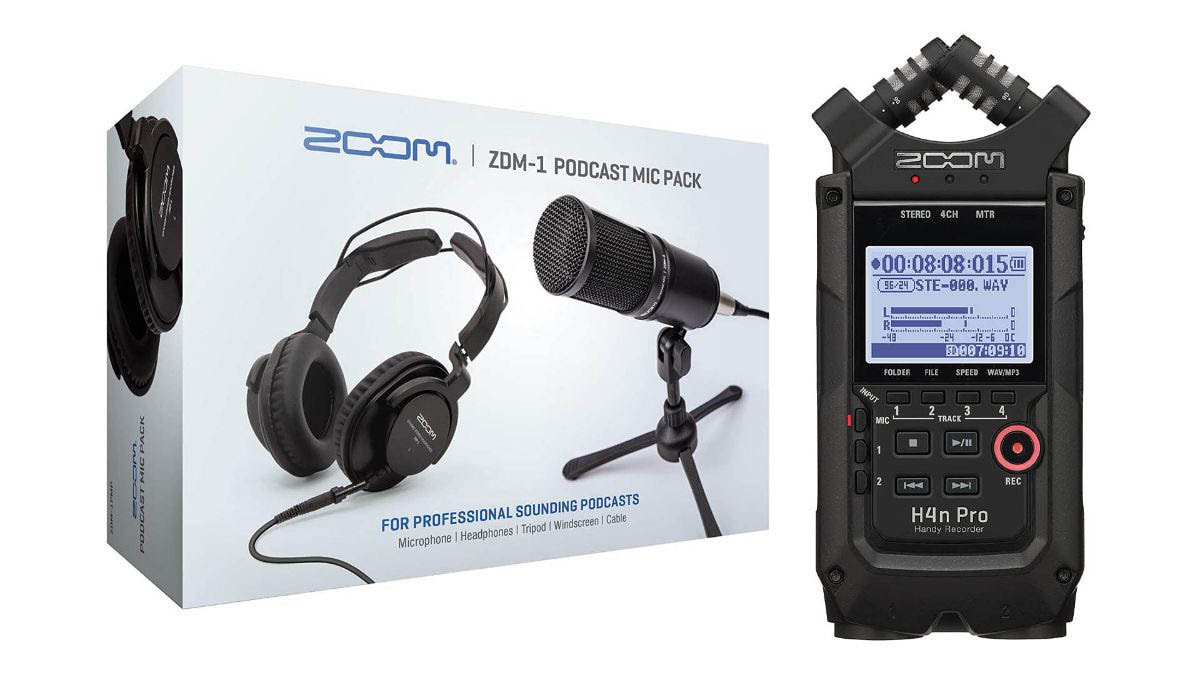
essential Gear for Podcasters: What You Really Need to Get Started
Starting a podcast can feel overwhelming, but having the right gear can make a world of difference. Investing in the essential equipment not only enhances the quality of your podcast but also makes the recording process smoother and more enjoyable. Here’s what you really need to get started.
First and foremost,a good microphone is crucial. The quality of your audio can make or break your podcast. While there are various options available, consider getting a USB microphone for ease of use. If you’re looking for something more professional, an XLR microphone paired with an audio interface can provide exceptional sound quality. Here are some popular choices:
- USB Microphones: Blue Yeti, Audio-Technica ATR2100x
- XLR Microphones: Shure SM7B, Rode NT1
Next on the list is headphones. Investing in a good pair allows you to monitor your audio while recording and editing. Look for closed-back headphones to prevent sound leakage and ensure you hear every detail of your recording. Suggested options include:
- Audio-Technica ATH-M50x
- Sony MDR-7506
You’ll also want to consider audio editing software.While there are many choices, some of the most popular include:
- Audacity: Free and user-friendly.
- Adobe Audition: A more advanced option with powerful features.
- GarageBand: Great for Mac users and free!
don’t overlook the importance of recording accessories. A pop filter can help reduce plosives, while a boom arm or microphone stand can offer stability and flexibility during recording. Additionally, soundproofing your recording space can significantly improve sound quality. consider using foam panels or blankets to minimize background noise.
starting your podcast journey requires careful gear selection. By investing in a quality microphone, headphones, editing software, and essential accessories, you’ll set yourself up for success and create an engaging listening experience for your audience.
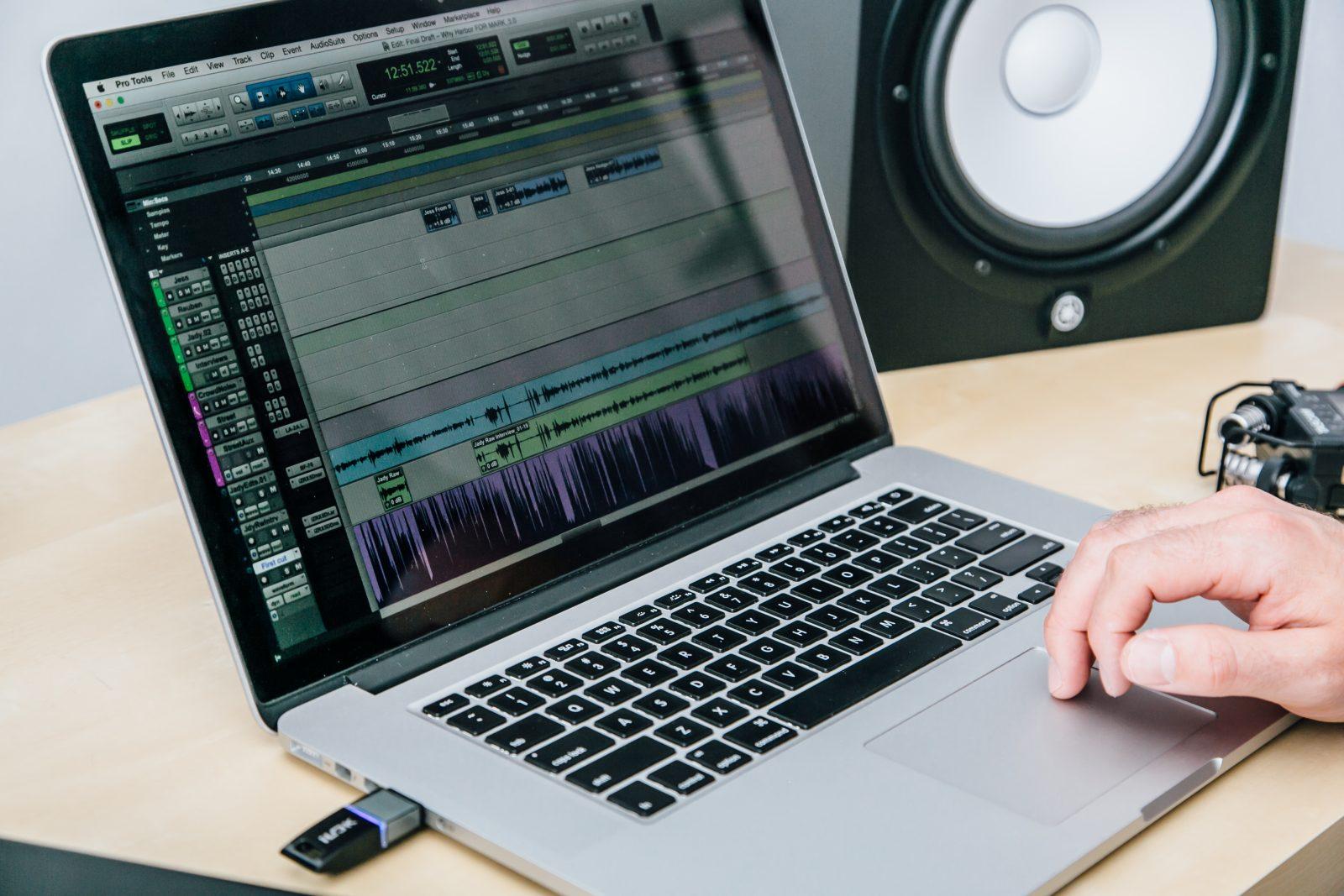
Editing and Producing Your Podcast: Simple Steps for a Professional Sound
Editing and producing your podcast is where the magic happens, transforming raw audio into a polished, professional-sounding episode. It might seem daunting at first, but with a few simple steps, you can elevate your podcast’s production quality and make it truly shine. Here’s how to get started:
- Choose the Right Software: Selecting the right editing software is crucial. Popular options include audacity, GarageBand, and Adobe Audition. Each has its own set of features, so pick one that fits your needs and comfort level.
- Learn Basic Editing skills: Familiarize yourself with fundamental editing techniques such as cutting, trimming, and fading audio clips. These skills will help you eliminate awkward pauses and unnecessary filler, keeping your content engaging.
- Add Music and Sound Effects: Background music and sound effects can enhance the listening experience. Ensure they complement your content and don’t overpower your voice. Consider royalty-free music libraries for high-quality tracks.
Once you’ve edited your audio, it’s essential to focus on the finishing touches to ensure a professional sound. Here are a few tips to keep in mind:
- Audio Levels: Balance the volume levels of your voice and any background sounds. Use a meter to ensure consistent audio levels throughout your episode.
- Noise Reduction: Background noise can be a significant distraction. Use noise reduction tools in your software to minimize unwanted sounds.
- Export Settings: When you’re ready to export your final mix, choose the appropriate format and bitrate. For podcasts, MP3 at 128 kbps is a standard choice, providing a good balance between quality and file size.
Lastly,consider implementing a feedback loop. Share your initial edits with a trusted friend or fellow podcaster to gather constructive critiques. This step can help you identify areas for betterment and refine your editing skills over time. Remember, the goal is to create a seamless listening experience that captivates your audience from start to finish.
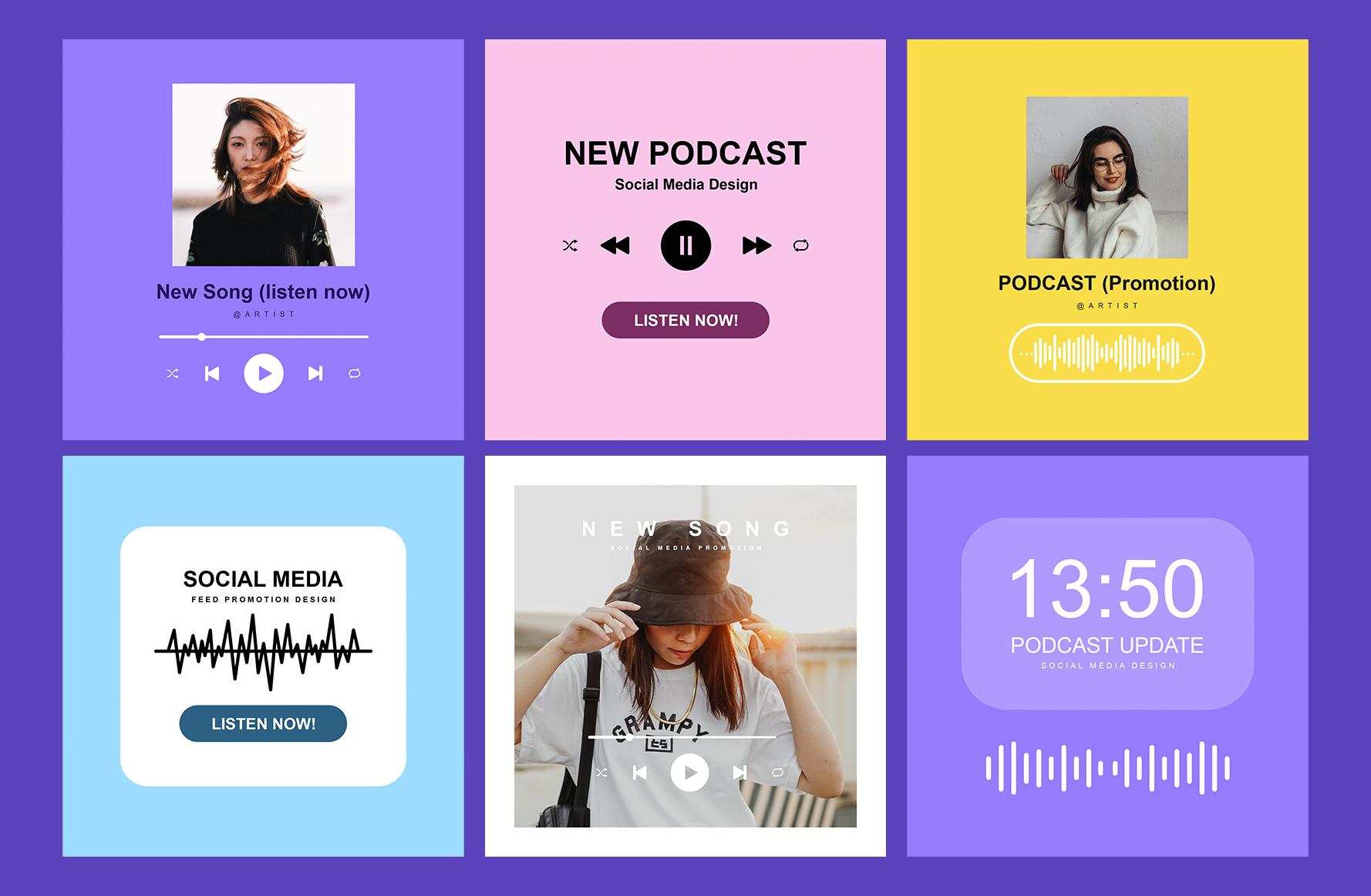
How to Promote Your Podcast: strategies to Grow Your Audience
Promoting your podcast effectively can be the difference between a few loyal listeners and a thriving community of fans. One of the best strategies is to leverage social media platforms. Share snippets of your episodes, behind-the-scenes content, or even engaging polls related to your podcast topics to foster interaction. Use relevant hashtags to reach a broader audience and consider joining podcasting groups to network and share your content.
Another powerful method is to collaborate with other podcasters.Reach out to those in your niche for guest appearances or cross-promotions. This approach not only introduces your podcast to a new audience but also builds relationships within the podcasting community. Don’t hesitate to invite guests who can provide value to your audience, as their established fan base could translate into new listeners for you.
Email marketing remains a vital tool for audience growth. Create an enticing newsletter that highlights your latest episodes, upcoming guests, and exclusive content. Offer subscribers something unique, such as downloadable resources or bonus episodes, to encourage sign-ups. Make the process easy by placing sign-up forms on your website and promoting them in your episodes.
Investing in SEO for your podcast can significantly boost your visibility in search engines. Use tools to identify relevant keywords for your niche and incorporate them into your episode titles,descriptions,and show notes. Additionally, creating a dedicated website for your podcast can enhance your online presence, making it easier for potential listeners to find you.
Lastly, consider utilizing paid advertising to give your podcast the necessary visibility. Platforms like facebook, Instagram, or even podcast-specific ad networks can target potential listeners based on their interests. A well-crafted ad can pique curiosity and drive traffic to your podcast.
| Strategy | Benefits |
|---|---|
| social Media Promotion | Engagement,broader reach |
| Guest Collaborations | Access to new audiences |
| Email Marketing | Direct dialog,loyalty |
| SEO | Increased visibility,discoverability |
| Paid Advertising | Targeted exposure |
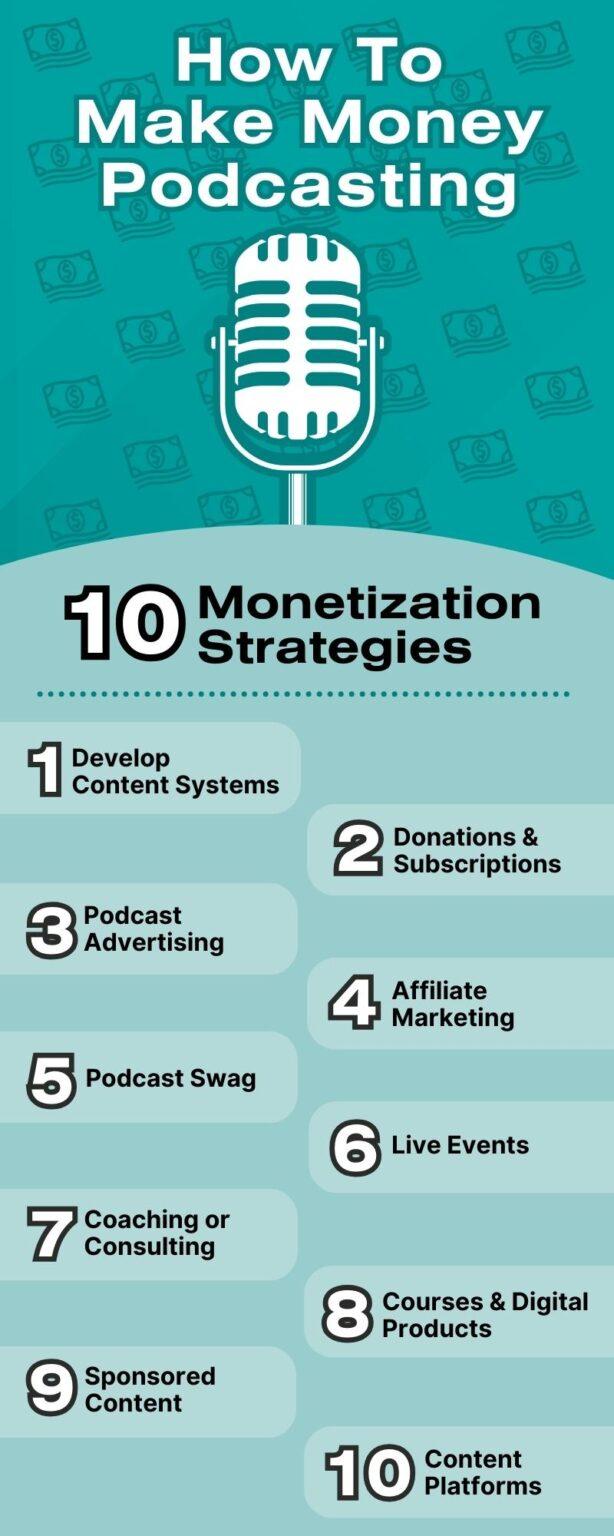
Monetizing Your Podcast: Exploring Different Revenue Streams
as your podcast grows, exploring various avenues for monetization becomes essential. Many creators initially see their podcasts as a passion project, but with the right strategies, they can transform their love for audio storytelling into a sustainable income. Here are some effective revenue streams to consider:
- sponsorships: Partnering with brands that align with your podcast’s niche can yield significant revenue. Businesses often look for podcast sponsorships as an effective way to reach engaged audiences. Be sure to maintain transparency with your listeners to build trust.
- Listener Donations: Platforms like Patreon allow your audience to support you directly. Offering exclusive content or perks in exchange for their support can create a loyal community while generating income.
- Merchandise Sales: Creating branded merchandise like t-shirts,mugs,or stickers can definitely help strengthen your podcast’s identity while providing an additional revenue stream. Use your show’s theme and catchphrases to design appealing products.
- Paid Memberships: Consider launching a subscription model where listeners pay for premium content. This could include ad-free episodes, early access to shows, or bonus episodes for subscribers.
When determining the best monetization strategy for your podcast, it’s crucial to consider your audience’s preferences and engagement levels. Analyzing listener feedback and behavior can definitely help you tailor your offerings. Such as, if your audience is highly engaged, they might be more inclined to support a subscription service or donate directly.
| Revenue Stream | Pros | Cons |
|---|---|---|
| Sponsorships | High earning potential, brand partnerships | Requires audience size, may impact content |
| Listener Donations | Direct support from fans | Inconsistent income |
| Merchandise Sales | Builds brand identity, one-time investment | Requires marketing effort, stock management |
| Paid Memberships | Stable income, loyal community | Requires consistent content creation |
Experimenting with different monetization strategies can lead to unexpected opportunities and insights. Don’t hesitate to combine multiple revenue streams to diversify your income.As you grow, continually assess what resonates best with your audience and adapt your approach accordingly. with persistence and creativity, your podcast can evolve from a hobby into a lucrative venture.
Future Trends in Podcasting: What to expect and How to Adapt
The podcasting landscape is rapidly evolving, and as creators and marketers, it’s crucial to stay ahead of the curve. One of the most significant trends is the rise of niche content. As audiences become more discerning, there’s a growing demand for specialized shows that cater to specific interests.This means that podcasters should focus on defining their unique angle and building a loyal community around it. By providing tailored content,you can attract dedicated listeners who are passionate about your subject matter.
Another trend to watch is the integration of interactive elements. With advancements in technology, podcasts are becoming more than just audio experiences.Expect to see features like live polls, listener call-ins, and even augmented reality components that enhance engagement.Implementing these interactive elements can not only boost listener engagement but also create a more immersive experience that keeps your audience coming back for more.
moreover, the monetization of podcasts is set to diversify. While sponsorships and ads remain popular, creators are exploring new revenue streams such as subscription models and exclusive content. Platforms like Patreon are allowing podcasters to offer premium episodes, merchandise, and behind-the-scenes access. This shift means that podcasters must think creatively about their monetization strategies, focusing on building value for their audiences.
As the competition heats up, quality production will play an even more critical role. Listeners are becoming increasingly selective about audio quality and overall production values.Investing in better microphones, editing software, and sound design can set your podcast apart from the myriad of options available. Remember, a polished product not only attracts listeners but also enhances credibility and authority in your niche.
Lastly, keep an eye on the rise of podcast networks. Collaborating with other creators can amplify your reach, allowing you to tap into established audiences.Joining a network not only helps with marketing but can also provide support in terms of production and monetization. Creating partnerships can lead to cross-promotional opportunities that benefit all parties involved.
by embracing these trends, you can not only stay relevant in the ever-changing podcasting landscape but also position yourself for long-term success. Adaptation is key, so keep experimenting and evolving with your audience’s needs.
Frequently Asked Questions (FAQ)
Q&A: What is a Podcast & How Does it Work? (Ultimate Guide)
Q1: What exactly is a podcast?
A1: Great question! A podcast is essentially a digital audio program that you can listen to on your computer or mobile device. Think of it like a radio show, but with the flexibility to listen whenever and wherever you want. Podcasts cover a wide range of topics, from true crime and history to technology and personal development. The best part? There’s a podcast for just about every interest!
Q2: How do podcasts work?
A2: Podcasts work through a straightforward process. Creators record their audio content, edit it for quality, and then publish it on various podcast hosting platforms. Once it’s live, you can find and listen to it using podcast apps like Apple Podcasts, Spotify, or google Podcasts. You can stream it or download episodes for offline listening.It’s all about convenience!
Q3: What do I need to start listening to podcasts?
A3: you don’t need much! All you need is an internet-connected device like a smartphone, tablet, or computer. Simply download a podcast app, search for topics that pique your interest, and start listening. Most podcasts are free, making it easy to jump right in without any commitments.
Q4: Can anyone create a podcast?
A4: Absolutely! Anyone with a story to tell or knowledge to share can create a podcast. All you really need is some basic recording equipment, like a good microphone and a quiet space. Plus,with free editing software available,it’s easier than ever to produce quality content. So, if you’ve got a passion, why not share it?
Q5: What makes podcasts so popular?
A5: Podcasts are super popular as they cater to our busy lifestyles. You can listen while commuting, exercising, or doing chores—making them a great way to absorb information or entertainment on the go. Plus, the variety is endless! There’s a podcast for every niche, which means you can find something that resonates with you personally.
Q6: How can I find a podcast I’ll love?
A6: Finding a podcast you’ll love is as easy as browsing your favorite podcast app. You can explore categories, check out trending shows, or look at recommendations based on your interests. Don’t hesitate to try a few episodes from different podcasts; it’s all about finding that perfect fit!
Q7: What are some tips for new podcast listeners?
A7: Start by identifying what topics excite you—this will guide your search. Don’t be afraid to explore different genres and styles.And remember, it’s okay to switch off a podcast if it doesn’t capture your interest. With so many options, the right one for you is out there waiting!
Q8: Is it possible to engage with podcasts beyond just listening?
A8: Definitely! Many podcasts have online communities where you can discuss episodes, share insights, and connect with other fans. Some hosts even encourage listener feedback or questions, creating a two-way interaction. It’s a fantastic way to deepen your engagement with content you love!
Q9: Why should I consider starting my own podcast?
A9: Starting your own podcast can be a fulfilling way to share your voice and stories with the world. It builds community, enhances your communication skills, and can even establish you as an expert in your field. Plus, it’s a creative outlet that allows you to connect with listeners on a personal level. So why not give it a shot?
Q10: What’s the future of podcasting?
A10: The future of podcasting looks shining! More people are tuning in every day, and businesses are recognizing the value of this medium for storytelling and marketing. with the continuous evolution of technology, we can expect even more innovative formats and interactive features in the podcasting world.So, whether you’re a listener or a creator, there’s never been a better time to be involved!
to sum up: Whether you’re a podcast newbie or considering starting your own show, this guide has hopefully sparked your interest. Dive into the world of podcasts and discover the endless stories and insights waiting for you!
Wrapping Up
Outro
and there you have it! You’ve just unlocked the secrets of podcasts: what they are,how they work,and why they’ve become such a cornerstone of modern media. Whether you’re looking to start your own podcast or simply want to dive into the vast ocean of existing shows, there’s a world of stories and knowledge waiting for you.So why not take the plunge? Grab your headphones, explore different genres, and find the voices that resonate with you. If you’re feeling inspired, why not turn the tables and start your own podcast journey? after all, your unique perspective might just be what someone else is looking for!
Remember, the beauty of podcasts lies in their accessibility and diversity. So go ahead, tune in, and let your curiosity lead the way. Happy listening—and who knows? You might just find your next favorite show or even your new passion!

